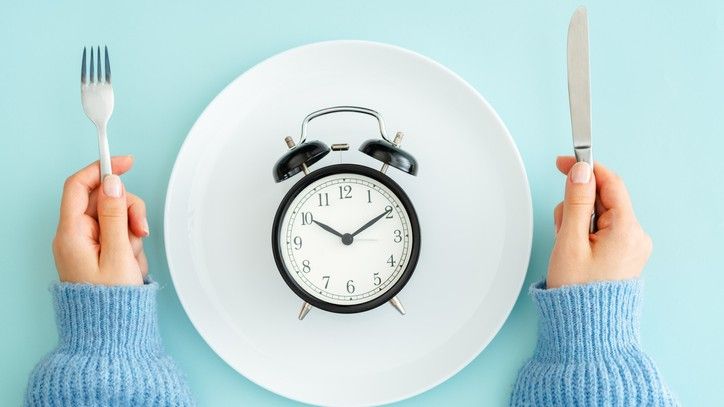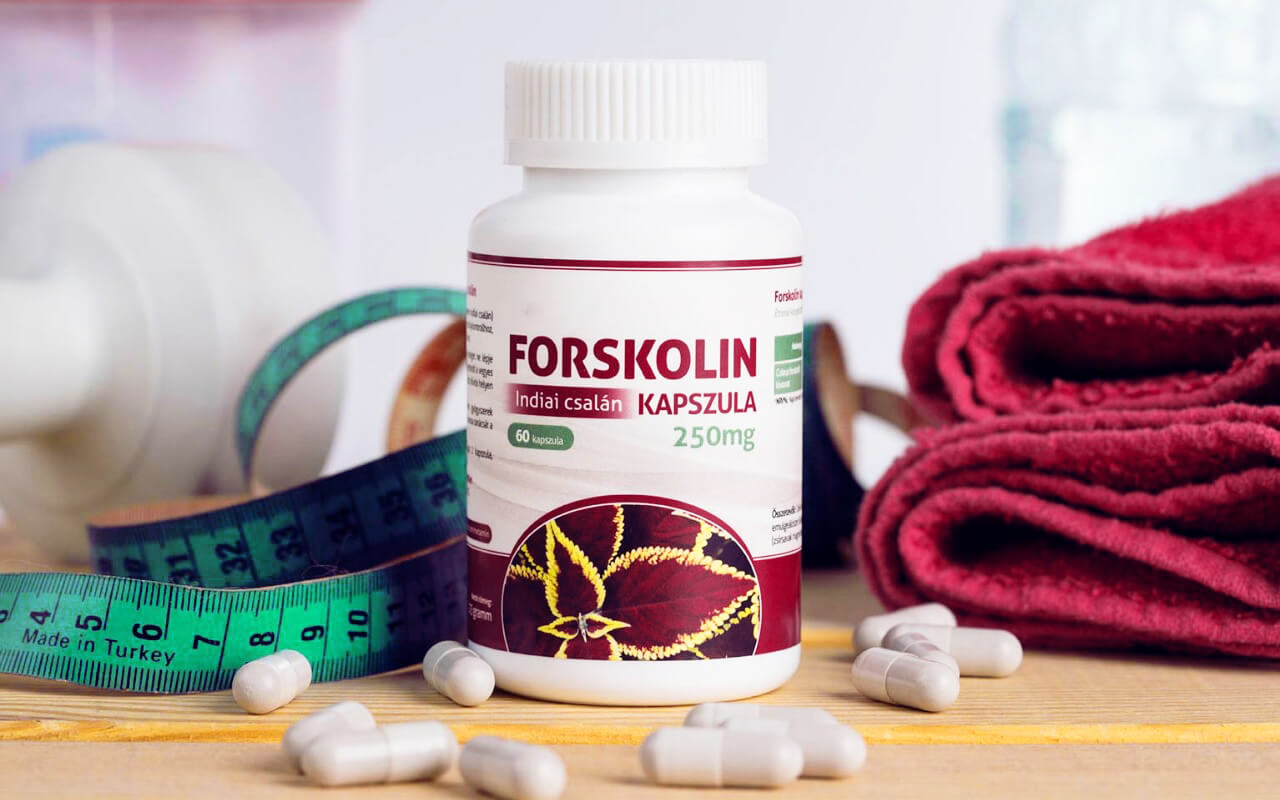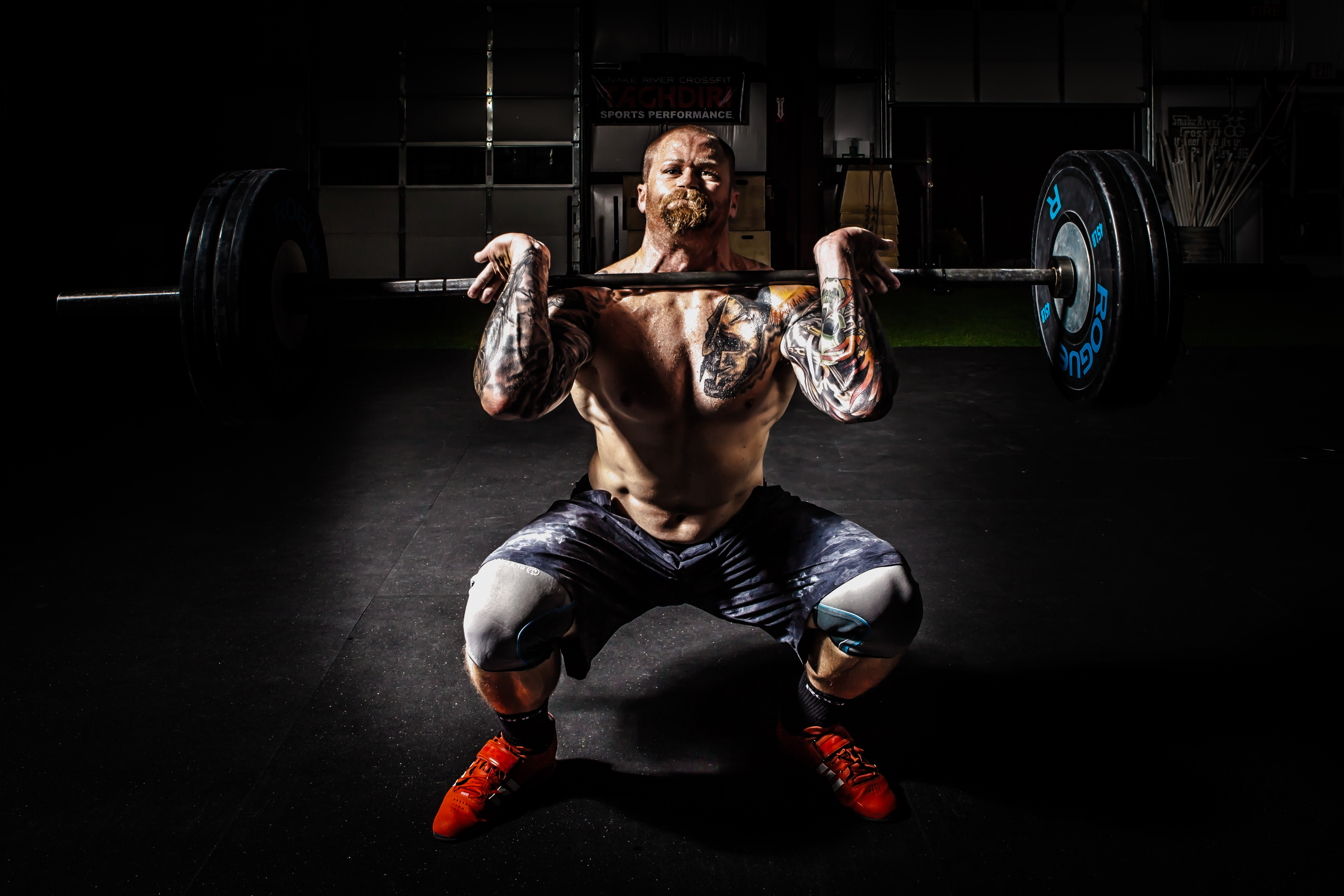
5 Effective Muscle Strategies While Engaging In Intermittent Fasting Muscle Gain in 2022
Intermittent fasting muscle gain
- 1 - How Can You Gain Muscle While Following An Intermittent Diet?
- 2 - Five Suggestions For Gaining Muscle While on a Fast
- 3 - Intermittent Fasting
- 4 - Benefits Of Intermittent Fasting
- 5 - Exercise And Intermittent Fasting
- 6 - When You Fast, Do You Experience a Loss Of Muscle Mass?
- 7 - Is It Possible To Gain Muscle Mass When You're Fasting?
- 8 - The Conclusion
Have you been working up a sweat and gasping for air while trying to lose weight so that you can gain muscle? You may have heard that intermittent fasting can help you lose fat. In spite of this, did you also know that it is also possible for it to cause you to lose the muscle mass that you have worked so hard to achieve?
We ask this question because, even though intermittent fasting is quickly becoming a trend in the health industry with its primary emphasis on weight loss, can it help you preserve and build muscle?
Throughout this article, you will learn about the different types of intermittent fasting, what happens with intermittent fasting muscle gain, and some helpful hints for increasing muscle mass while following this diet.
How Can You Gain Muscle While Following An Intermittent Diet?
Intermittent Diet
Five Suggestions For Gaining Muscle While on a Fast
1. Continue To Exercise
Continue To Exercise
You need to keep training at your maximum capacity if you want to either build or maintain the already-established muscle. You might want to consume a high protein snack one to two hours before training and exercising. Still, this recommendation will vary depending on the protocol for intermittent fasting that you are following.
For optimal muscle gain, you should consume high-protein foods every few hours; therefore, you should make every effort to pack in as much protein as possible when you are available to eat.
2. Consider Different Types Of Intermittent Fasting
Different Types Of Intermittent Fasting
Although there are many variations, all the intermittent fasting diets require you to go without meals.
Currently, These are Some of The Most Popular
- On the 5:2 diet: You consume the same number of calories as you would on an average day for the first five days of the week, but then you cut back to between 500 and 600 calories per day for the remaining two days of the week.
- The 16/8 Fast: Requires you to consume all your calories for the day within the first 8 hours and then fast for the remaining 16 hours. You might, for instance, forego breakfast in favor of consuming food only between 10:30 am and 6:30 pm.
- The Fast 800: This is a diet plan in which you limit your calorie intake to 800 per day for two weeks and are only allowed to consume these calories between 8 and 12 each day.
Think about the various diets that involve intermittent fasting, and select the one that works best for you. If you find one that allows you to plan your eating period around your work schedule and lifestyle, you will increase the likelihood that you will be successful.
3. Watch What You Eat
Watch What You Eat
To maintain your current muscle mass or build more of it, you must consider the foods you eat carefully. It's not a good excuse to eat whatever you want just because you're trying to cram your daily caloric intake into a small window.
It is common knowledge that cutting back on the caloric intake to achieve weight loss results in a calorie deficit; however, if you want to add muscle mass, you should consume more calories.
On the other hand, if you consume a lot of food high in sugar, fat and calories that don't add much value to your body, you will unavoidably put on more fat rather than muscle mass. Your high-calorie intake should come from increasing the amount of protein you consume with foods like baked salmon or chicken breast.
One of the best ways to keep tabs on what goes into one's body is to prepare and cook one's meals, select high-quality protein sources, and keep a food journal. Food purchased in cafeterias or from quick service restaurants is frequently loaded with calories the body does not need. Make it a habit to drink only water or other beverages that contain no calories after each meal.
4. Exercise In The Morning
Exercise In The Morning
Finding the optimal time of day to exercise is essential if your goal is to either put on muscle or keep the strength you already have. The best time to get some exercise is probably right after you get out of bed in the morning or at least a few hours before you go to sleep at night.
According to a number of studies, exercising too close to bedtime can affect our levels of deep sleep and REM sleep. Do not engage in a strenuous activity three to four hours before going to bed if you want to enhance the quality of your sleep, give your body time to recuperate, and promote muscle recovery.
There is also a possibility that you may not be able to eat right after you have completed your workout as well. Studies have also shown that delaying eating for a few hours after an activity boosts the human growth hormone (HGH), which is produced in our bodies and aids in fat burning.
5. Make Sure You Pick The Appropriate Form Of Exercise
The Appropriate Form Of Exercise
According to studies, certain types of exercise, like resistance training, can make your muscles more sensitive to the effects of insulin. Insulin is an active hormone when glycogen stores in the body are low, and insulin is responsible for transporting glucose into the muscles.
You might want to focus on the following kinds of exercises if you want to help maintain and even build up the amount of muscle mass you already have:
HIIT (High-Intensity Interval Training)
High-Intensity Interval Training
HIIT, which stands for high-intensity interval training, is also referred to as Sprint or Burst training. It consists of intense workout sessions followed by 15 to 30 minutes of rest.
According to several studies, high-intensity interval training (HIIT) sessions provide more health benefits than traditional cardio alone, including increased human growth hormone (HGH), muscle strength, muscle stamina, and the ability to improve body composition.
Training For Cardio
Cardiovascular exercise, also known as aerobic exercise, is highly beneficial for fat loss. Keep in mind that engaging in Cardiovascular exercise cardio and failing to consume an adequate amount of calories can lead to a loss of lean body mass (including muscles) and fat loss.
You can grow muscle if you need to engage in fat-burning cardio activity but want to build muscle or maintain lean mass simultaneously. Cardiovascular exercise can run sprints or incorporate explosive movements with some resistance exercises. As a result of resistance training, muscle protein balance is also increased, thus promoting muscular growth.
Weight Lifting
Weight Lifting
Lifting weights can indeed help you build or maintain muscle. Still, you need to consider the role that glucose plays in muscle recovery after a heavy lifting session, particularly when fasting.
In contrast to high-intensity interval training, weight lifting places a significant amount of stress on your body, which should be followed by an immediate feeding period; however, depending on your eating window, this may not be possible.
Imagine that you want to build your muscles and decide that lifting weights is the best way to do so. If this is the case, you should probably choose an intermittent fasting protocol that enables you to lift weights shortly after eating and, as a result, allows you to fast for several hours after your workout.
Intermittent Fasting
Intermittent fasting
The practice of alternating periods of regular eating with periods of abstinence is intermittent fasting. When you engage in this form of fasting, a feeding window will begin when you consume the last bite of a meal and will end when you finish the next mouthful of food (including periods of sleep).
The Following are The Two Most Common Forms of Intermittent Fasting
- The alternate-day fasting method involves fasting every other day. On fasting days, some people will not eat anything, while others will have one small meal (small portion).
- Time-restricted eating is a method of dieting that involves limiting the consumption of caloric foods to a predetermined window of time each day, which can range from four to sixteen hours. Time-restricted eating plans include the 5:2 diet, 16/8, and Fast 800.
You might also be familiar with the ketogenic diet, also known simply as "Keto." This is yet another high-profile weight loss program. This diet is similar to others in that it helps reduce insulin resistance and burn fat, but the foods you eat on it are higher in fat and lower in carbohydrates.
Benefits Of Intermittent Fasting
Benefits Of Intermittent Fasting
This Particular Form of Fasting Has Many Positive Effects on One's Health
- Helps with weight loss: Because you are eating fewer meals, the total number of calories you consume will be lower, which will cause you to lose weight. According to several studies, intermittent fasting effectively reduces visceral fat and overall body fat.
- Causes the release of hormones and repairs cells: When you fast, your body undergoes changes that make it easier to access body fat. Insulin levels drop significantly, and human growth hormone levels in your blood rise significantly, contributing to the breakdown of more body fat. When you go without food for an extended period, your body goes through a cellular repair process, which includes removing harmful waste products from your cells.
- Insulin resistance is reduced due to intermittent fasting, which, according to studies, also reduces the risk of developing type 2 diabetes by bringing blood sugar levels down and lowering insulin resistance.
- Increases the production of fatty acids Intermittent fasting forces your body to burn stored glucose and body fat for energy. This has the effect of increasing the production of fatty acids. Fatty acids are released from Our body fat, which can be converted into ketones, which your body can use as an alternative fuel source.
- Improves cardiovascular health: Researchers have found that intermittent fasting can improve diabetes and help people maintain a healthy weight, which are essential factors in lowering the risk of cardiovascular disease. In the same study, researchers found that some participants had lower blood pressure.
Exercise And Intermittent Fasting
Exercise And Intermittent Fasting
In order to lose weight and build muscle, fasting and exercise both positively affect the production of hormones in the body, which in turn improves muscle production and helps build muscle. It will make your HGH levels higher, and it will make your cells more insulin sensitive.
Your muscles will run out of glucose if you fast for an extended period. Therefore, the efficiency with which your body converts fat into energy will determine how well you perform in physical activities (instead of glucose).
When the insulin sensitivity of your muscle cells increases, the pancreas responds by secreting less insulin into the bloodstream. Reduced insulin levels cause our bodies to become more efficient at converting fat into fuel (fuel) and storing glucose as muscle glycogen (glycogen).
Therefore, if you engage in intense weight lifting and do not consume adequate calories, your body will instead break down the amino acids stored in your muscle cells to use them as fuel.
When You Fast, Do You Experience a Loss Of Muscle Mass?
LOSS OF MUSCLE MASS
Research has shown conflicting results, making it difficult to determine whether or not fasting leads to a reduction in muscle mass.
After several months of fasting intermittently, some studies suggest that you can lose a small amount of lean muscle mass overall, while other studies indicate that it hurts muscle mass.
Even though additional research is required, one study found that intermittent fasting may be more effective than other diets at preserving the lean muscle mass that a person has. However, considering everything, it does not appear likely that intermittent fasting will result in more significant muscle loss than other traditional diet plans.
Is It Possible To Gain Muscle Mass When You're Fasting?
Is It Possible To Gain Muscle Mass When You're Fasting?
The short answer is yes, but the complexity of the solution lies in the fact that it is contingent on the timing, composition, and intensity of the exercises you perform.
Even though the majority of research on intermittent fasting focuses on weight loss, preliminary findings from a few studies suggest that when combined with regular resistance training, intermittent fasting may result in gains and maintenance of muscle mass compared to those achieved by other diets.
While it is possible to gain muscle mass while intermittently fasting, it may be a difficult task to accomplish. To put on muscle, you must consume many calories and the adequate protein required to construct the muscle tissue.
Because of intermittent fasting, you will only have a small window of opportunity to consume all of your calories and protein. To maximize the muscle you gain, you will need to carefully balance the timing of your meals within the allotted eating window with the specific exercises you perform.
If gaining muscle fast is your only objective, you will probably have more success if you choose a diet that suits your needs and places less emphasis on eating within a separate window.
The Conclusion
- For the intermittent fasting muscle gain method you can also increase muscle mass and maintain weight loss, intermittent fasting is rapidly gaining popularity.
- You need to balance your calorie intake and the number of protein foods you consume for maximum muscle gain. Keep doing exercises that will build muscle, like resistance exercises, as they will be helpful in the long run.
- Some of the potential health benefits of intermittent fasting include the reduction of insulin resistance, the promotion of human growth hormone production, the burning of fat, and a reduction in blood pressure.
- If you continue to exercise, intermittent fasting may assist you in keeping a leaner body composition and preserving your muscle mass.
- Keep in mind that the only way you can successfully pack on muscle is if you adhere to the schedule you have established for your fasting.











